Top 4 Eco-Friendly Cannabis Packaging Options
/The cannabis industry revolves around the production and trade of plant-based products. Hence, it is essential to understand and practice the importance of sustainability in the cannabis industry. Moreover, cannabis consumers generally understand the consequences of the degradation of non-renewable resources; and strive to adopt eco-friendly practices. Here, we have enlisted the top 4 eco-friendly cannabis packaging options.
Eco-Friendly Cannabis Packaging Options
Each new generation is becoming more aware of the importance of conservation of natural resources than the passing generation. Hence, embracing eco-friendly practices in your business model will decrease pollution and greatly benefit your business. Let’s check out 4 eco-friendly cannabis packaging options and their characteristics.
1. Hemp Packaging Material
Hemp packaging is a compostable material that does not produce harmful toxins after decomposition. This eco-friendly packaging material offers an excellent alternative to bubble wrap and polystyrene, which require hundreds if not thousands of years to degrade. Hemp offers more durability than paper packaging material. Moreover, hemp does not crack, turn yellow or crumple like paper.
Hemp plants also grow faster than trees as hemp stalks require about 4 months to be mature, whereas trees require years – some of them need no less than 20 years to reach their full size.
One of the most interesting and beneficial qualities of hemp fibers is “insulation”. The natural insulating quality of hemp material makes it a perfect packaging material for shipping cannabis products that require shelter from moisture and oxygen.
Cannabis companies can boost sales by using this easily all-natural, durable, and biodegradable hemp packaging material.
2. Ocean-Reclaim Plastic
Scientific data confirms that most of our waste, including plastic, eventually pollutes the ocean. About 31.9 million metric tons of waste per annum that is generated on the coastline region is putting ocean life at risk of extinction. More than 80% of this marine waste consists of plastic, and about 8 to 10 million metric tons of plastic waste per year goes into the ocean.
As plastic is non-biodegradable, 100% of the plastic ever used or created by human life still exists on the earth. The experts are now trying to reclaim ocean plastic and use it for packaging purposes.
However, this ocean-reclaimed plastic only accounts for 5% of the millions of tons of plastic that ends up in the ocean every year. Though 5% is a very low percentage, it still moves things in the right direction.
The cannabis packaging industry is becoming one of the major industries to use ocean-reclaimed plastic for their products. This packaging changes the linear economic model of “use it and waste it” to a circular economic model in which the material remains in use and then goes into the natural regeneration system. Plus, the modern cannabis consumer appreciates the use of ocean-reclaim plastic.
3. Compostable Materials
Compostable materials can naturally disintegrate into degradable elements and get absorbed into the earth without producing toxic residues. These packaging materials are sourced from plant-based materials such as sugar cane, corn, and bamboo. Generally, the composting process starts within 90 days under commercial composting conditions and within 180 days under a domestic composting environment.
Normally, people use the terms compostable and biodegradable interchangeably. However, both terms are different. "Biodegradable" is a general term, as everything is degradable, but some take days while others thousands of years. On the other hand, composting causes total disintegration into natural elements.
Compostable plastic packaging products undergo aerobic biological decomposition and break down into small natural components such as carbon dioxide, inorganic compounds, and water.
Many cannabis companies are opting for compostable packaging materials, especially to manufacture pre roll boxes. These packaging materials are lightweight and keep the product safe and fresh.
4. Glassine Packaging
Glassine is a relatively new packaging material in the market. This material is biodegradable and recyclable and is manufactured using wood pulp. Glassine offers an outstanding option for everyone looking for plastic-like sheer, soft and see-through packaging material.
As glassine is manufactured using renewable energy resources, glassine cannabis packaging aids the circular economy by reducing the use of single-use packaging materials. In addition to being eco-friendly, glassine also offers a glossy finish that adds to the aesthetics of your product.
Advantages of Eco-Friendly Packaging
Conservation of Non-Renewable Resources
Eco-friendly packaging options help decrease the use of non-renewable energy resources. Non-renewable energy sources are the ones that, once diminished, cannot be replaced or reproduced.
These non-renewable sources include natural gas, oil, coal, groundwater, and minerals. Conservation of these non-renewable resources is crucial for humanity as, currently, we are dependent on these resources to fulfill our energy needs.
Decreases Your Carbon Footprint
Eco-friendly packaging is manufactured using either recycled material or naturally sourced materials. The manufacturing process using these materials is energy efficient compared to other packaging processes, thus reducing your carbon footprint.
Moreover, using natural materials such as paper and cardboard withdraws carbon from the environment. Hence, eco-friendly packaging is the best option to protect the environment from the emission of greenhouse gasses.
Biodegradable and Easily Disposable Material
Any packaging material sourced from natural resources is biodegradable. For instance, paper and cardboard are easily compostable. Contrarily, plastic is non-biodegradable material and takes hundreds of years to decompose; plastic releases harmful toxins during this decomposition process.
Improve the Image of Your Brand
Using eco-friendly cannabis packaging options is great for boosting your brand value. People are becoming more conscious about protecting natural resources and are keen to play their part.
The availability of eco-friendly cannabis packaging options at any brand attracts a huge customer base. People want to support a sustainable business that is conscious of the earth's conservation.
Many people only buy products from sustainable businesses. Hence, you can handsomely boost your customer base with eco-friendly packaging options.
A Sustainable Business Strategy
Modern cannabis consumers are conscious of bio conservation and consider sustainability a key deciding factor for any purchase. The cannabis companies competing to boost their business growth in the oversaturated market can attract an environmentally-aware customer base by using eco-friendly packaging options.
Like this? Please pin!
Hence, using eco-friendly packaging options will conserve energy, reduce your carbon footprint, decrease non-biodegradable waste, and boost your business’s profit margin.
In a nutshell, using the above-mentioned eco-friendly cannabis packaging options offers a successful business strategy to move forward.
About the Author:
Gabe Nelson is a content specialist with over 7 years of experience, currently working with gelrecycling.com. Just out of high school he set off crab fishing on the Bering Sea in Alaska. From there he went back home to finish his college degree at the University of Montana. He has a passion and keen understanding when it comes to recycling waste inside and out. He has written hundreds of content pieces in numerous niches. Currently, he lives in Missouri with his wife and kids.




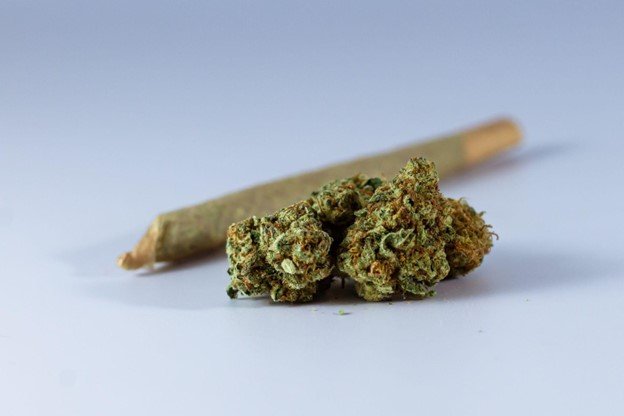
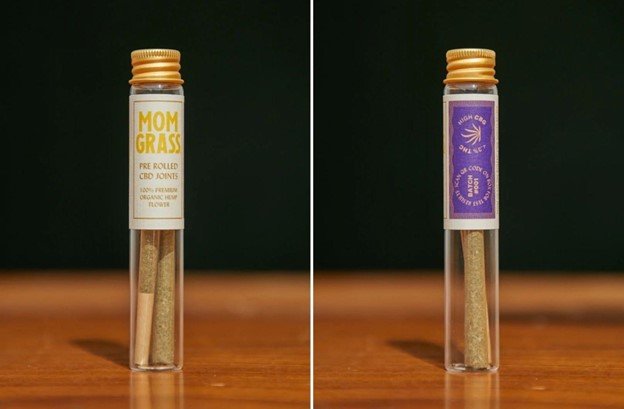
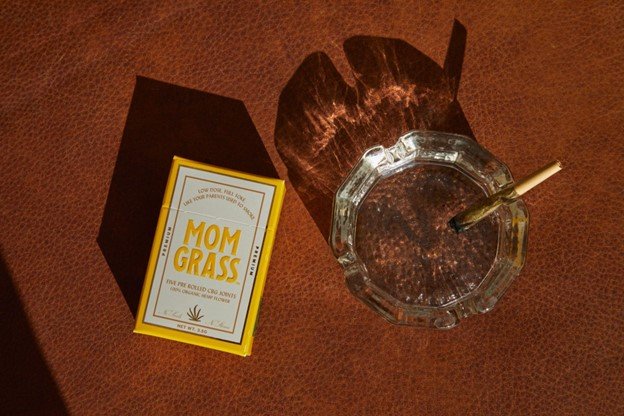
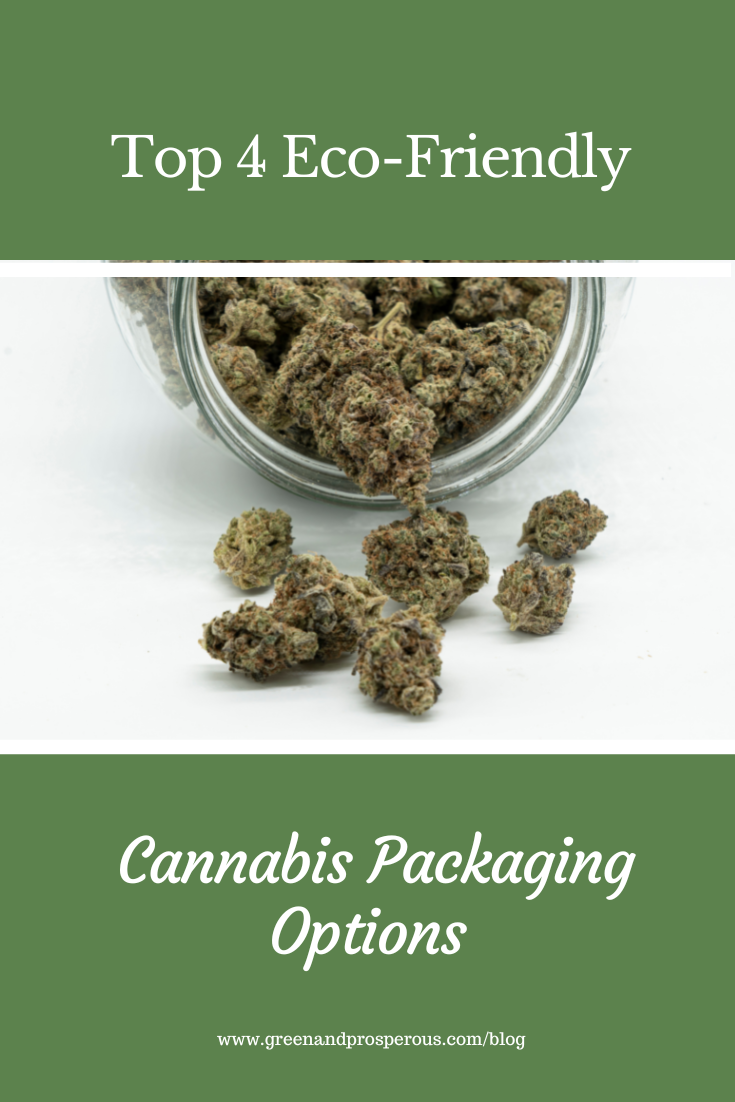






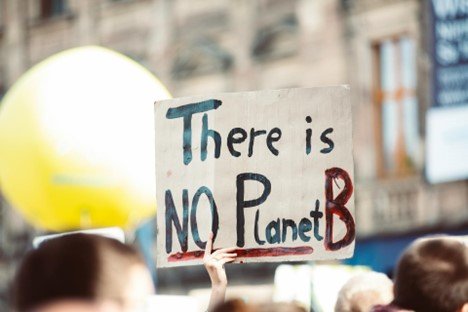





























Guest post by Gabe Nelson
The cannabis industry revolves around the production and trade of plant-based products. Hence, it is essential to understand and practice the importance of sustainability in the cannabis industry. Moreover, cannabis consumers generally understand the consequences of the degradation of non-renewable resources; and strive to adopt eco-friendly practices. Here, we have enlisted the top 4 eco-friendly cannabis packaging options.